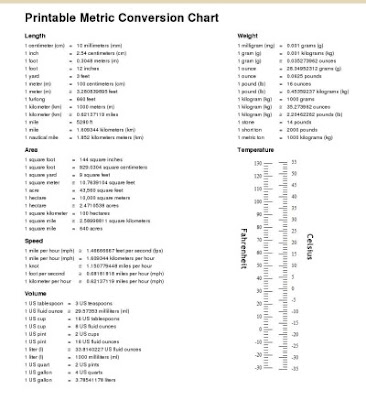Teaching elementary mathematics - don't skip stages
I think this book is exceptionally good, and very worthwhile to read if you're a teacher OR a parent.
Ron Aharoni was like many: he thought he could easily teach elementary school mathematics because he knew college level math and beyond (he was teaching math in a university).
But... he was in for a big surprise when he entered the fourth, fifth, and first grade classes in a backward town in northern Israel, in 2000.
One surprise he had was that...
- ...he did NOT know how to teach elementary mathematics, in spite of his knowledge of university level math.
For example, during his first lessons, he took children outside to measure shadows of trees and buildings, and then also to measure the children and their own shadows. The idea was to use the ratio of a child's shadow to his height in order to find the height of a tree or a building
He also took children outside to draw circles on the pavement, and to measure their diameters and compare them.
But as he admits in the introduction to his book, his first lessons were just a mess and confusion, with little meaningful teaching going on. He wanted to do "hands-on experimentations" with children, but he didn't know how to integrate the hands-on experiences into a SYSTEMATIC learning process.
He lacked the idea of building concepts one upon another, and the fact that you cannot skip any of these steps.
But... he found out all that, and wrote an excellent book about how to teach elementary math.
The other big surprise he had was that
- during his teaching career in the elementary school he actually learned a lot of mathematics... not new facts, but subtleties: how that concepts we adults think are easy, are actually built upon other simpler concepts and notions, and how children need to be explained ALL those little steps.
For example, Aharoni learned that he couldn't just present first graders a question such as
"Donna has 4 pencils more than Joseph. How many pencils does Donna have, if Joseph has 5 pencils?"
You can read in the book how he handled that lesson from that point on, and many other things.
The last part of the book goes through all the important concepts in elementary mathematics from grade 1 to grade 6, and explains these subtleties and little steps that you should teach.
I highly recommend this book for each and every teacher and parent who's teaching elementary math. It costs about $20 new, you can find it at Amazon at this link. (Kindle version is also available.)


Comments
from www.sumizdat.com : Kiselev's Planimetry. I can claim that no geometry textbook in history of Western civilisation was printed in more copies than Kiselev.
Cheers
Mark--Teacher Education Candidate at Wilfrid Laurier Univeristy